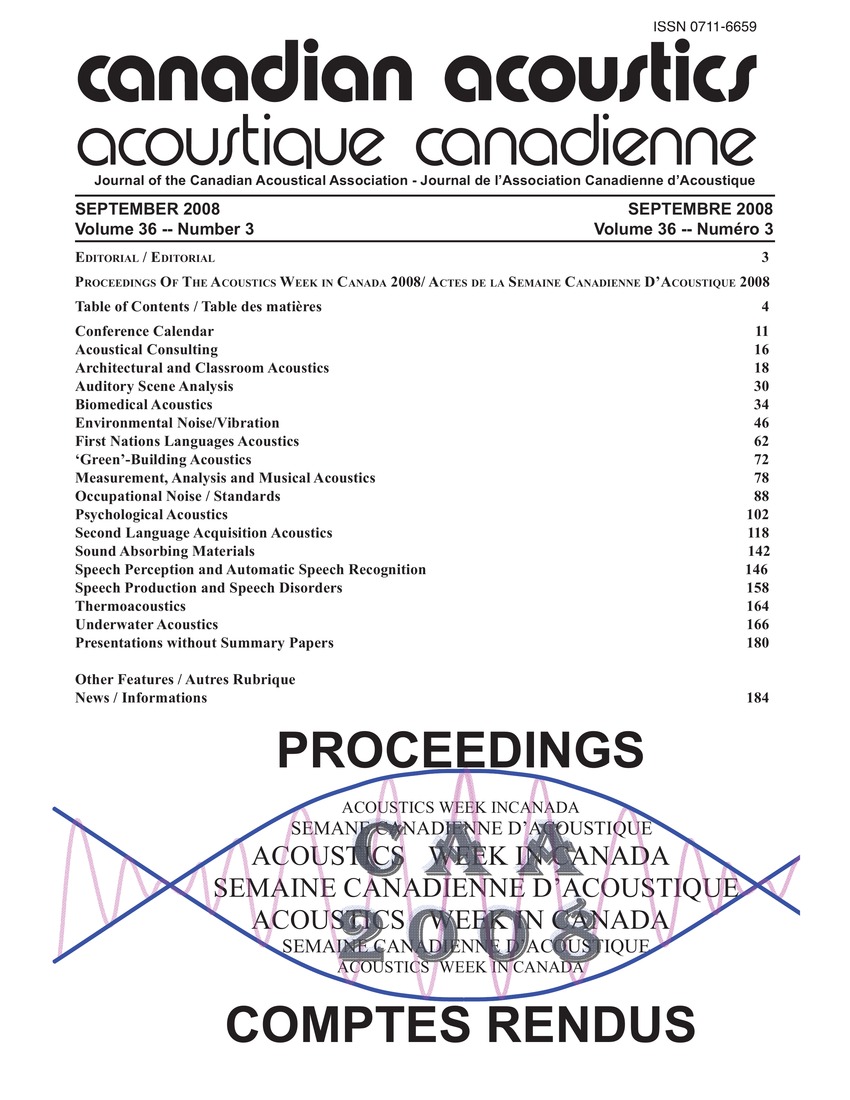Is there a 'rise-fall temporal archetype' of intensity in electroacousti music?
Résumé
The analysis of an anthology of Canadian computer music is presented. Praat scripts analyzed durations and intensity rate changes of successive rises and falls in the pieces. The main parameters determined are the duration of each pair of rises and falls in the 'all peaks' and 'significant peaks' approaches, using the indicated time windows. The overall times occupied by ramps and damps are also computed for each piece. The statistical significance of the hypotheses that the ramp-damp time log-ratio and the log(crescendo-rate/diminuendo-rate) differ from 0, is tested for each sound file in each data set. The hypotheses that rises are longer than paired falls is not supported and they are generally shorter. Determinations of the average lengths of crescendi and decrescendi in individual pieces are in 34 cases indicative of shorter and only 7 longer crescendi than decrescendi.Fichiers supplémentaires
Publié-e
Comment citer
Numéro
Rubrique
Licence
Author Licensing Addendum
This Licensing Addendum ("Addendum") is entered into between the undersigned Author(s) and Canadian Acoustics journal published by the Canadian Acoustical Association (hereinafter referred to as the "Publisher"). The Author(s) and the Publisher agree as follows:
-
Retained Rights: The Author(s) retain(s) the following rights:
- The right to reproduce, distribute, and publicly display the Work on the Author's personal website or the website of the Author's institution.
- The right to use the Work in the Author's teaching activities and presentations.
- The right to include the Work in a compilation for the Author's personal use, not for sale.
-
Grant of License: The Author(s) grant(s) to the Publisher a worldwide exclusive license to publish, reproduce, distribute, and display the Work in Canadian Acoustics and any other formats and media deemed appropriate by the Publisher.
-
Attribution: The Publisher agrees to include proper attribution to the Author(s) in all publications and reproductions of the Work.
-
No Conflict: This Addendum is intended to be in harmony with, and not in conflict with, the terms and conditions of the original agreement entered into between the Author(s) and the Publisher.
-
Copyright Clause: Copyright on articles is held by the Author(s). The corresponding Author has the right to grant on behalf of all Authors and does grant on behalf of all Authors, a worldwide exclusive license to the Publisher and its licensees in perpetuity, in all forms, formats, and media (whether known now or created in the future), including but not limited to the rights to publish, reproduce, distribute, display, store, translate, create adaptations, reprints, include within collections, and create summaries, extracts, and/or abstracts of the Contribution.


